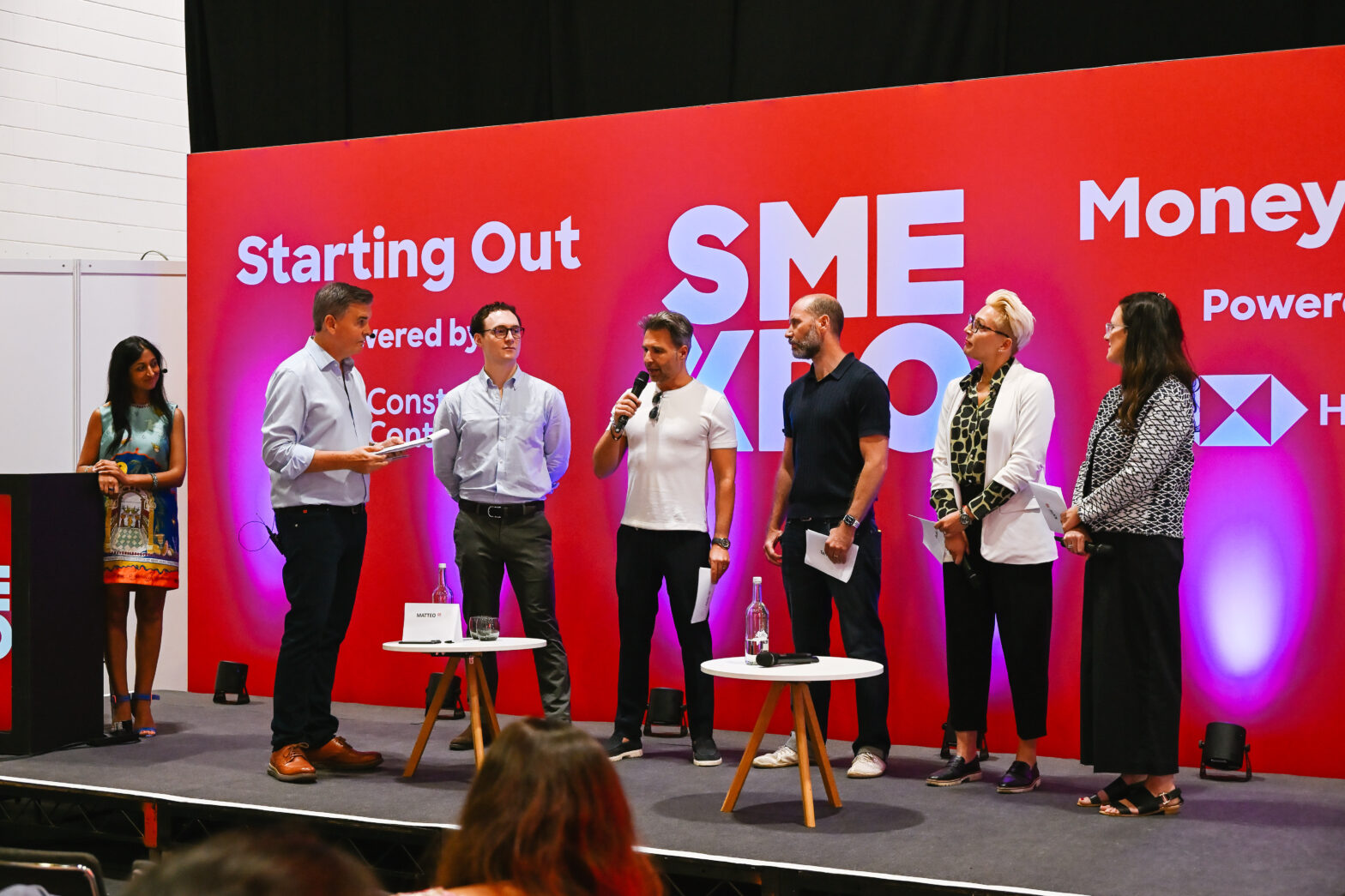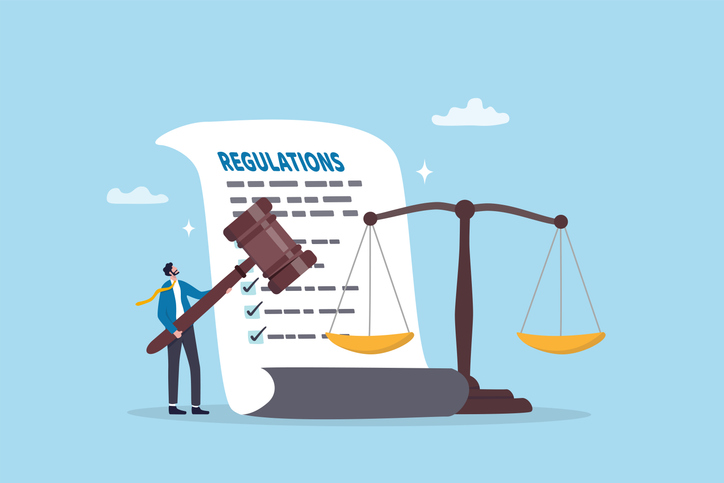It’s a long while since I was defined by a sector. These days I invest in businesses across all sectors. The only commonality being a compelling new insight, room in a market for a new proposition to grow (because the market is highly fragmented and/or high growth) and the potential to build a loved brand – which is as likely to be B2B as consumer.
But a long time ago I was defined as a retailer. Inevitable given a childhood growing up in a Post Office in sleepy Devon and skiving off school to man the shop when Mum & Dad had a rare holiday. From there I helped set up the first overseas Virgin Megastore (yes Virgin used to sell records – and cassette tapes!). Then looked after a big chunk of Woolworths, redesigned the John Lewis supply chain and helped set up a huge retail business in India – in one year we built 800 supermarkets and 50 hypermarkets. So reminiscing finds two retailers that no longer exist, one in the department store space that is having an existential crisis and one that is growing hugely. (Amazon invested in that Indian business this year – at a valuation of US$56 billion.)
You don’t need another article pointing out the shift from physical to online retail. But I am going to use it as an analogy for thinking about how technology is changing all businesses, and ever more rapidly, whilst leaving the heart of the business challenge the same.
My affinity with retail boiled down to being close to the customer and it being a simple game – buy some stuff and then sell it for more than you bought it for. The three principle drivers of operating profit were gross margin, rent & staff wages.
Rent was the price to pay to put your brand in front of consumers. The higher & more affluent the footfall, the higher the rent. And it is this element of the equation where the wheels have come off – with rents falling out of kilter with the footfall.
Online retail, eCommerce or direct to consumer, replaces rent with digital marketing as the price to pay to put a brand in front of consumers. With an advantage of being much more directly measurable and attributable to revenue – so resulting in a specific and measurable customer acquisition cost (CAC).
It fascinates me that I often find a blinkered obsession with CAC amongst eCommerce investors – much more than rent was considered by physical retailers. Sure CAC is a hugely important indicator of profit potential. If the brand cannot find a route to get CAC below the profit contribution it makes from a customer then it will never be profitable. But therein lies the challenge – there is much more to the profitability equation than just CAC. There is contribution which is a factor of gross margin, fulfilment costs and the blended margin. There is the average transaction value – which can be driven by different products and better selling & conversion within a transaction. There is the number of times a customer buys – which can be a factor of propensity to repeat purchase the category and loyalty to the individual brand.
The last year of lockdowns has given physical retail even more headwinds, with minimal and often no footfall, whilst giving a significant tailwind to online retail. The last few months has been interesting, as physical stores opened up and co-incidentally the digital marketing environment has become more difficult. A couple of months ago the change to Apple’s operating system created some privacy & data opt-in obstacles and more generally the cost of Facebook and Instagram adverts have increased across most sectors. CAC has been rising for most online retailers. Resulting in the need for balanced thinking. Just because CAC has risen in the short term doesn’t mean the business should be panicking. It is however a useful catalyst for examining all digital marketing channels (including broadening from the house of Zuckerberg). Then all the other levers that can be pulled – e.g. new product development to drive repeat rate, direct mail to drive frequency. And who knows, maybe some pure digital brands might consider some physical retail – rents have recently started to become much more attractive and for many that CAC might make sense.
So, to the wider point here. Business context changes rapidly – often due to technology, but sometimes also resulting from other big behavioural changes with your customers. Frequently this creates a new way of doing things and new measures of success. Whilst responding to those changes, it is worth remembering that your fundamental underlying strategic challenges are unlikely to have changed. Whilst others might obsess about the new, you may get advantage from stepping back and reconsidering some of the traditional ways of creating value & profit.





